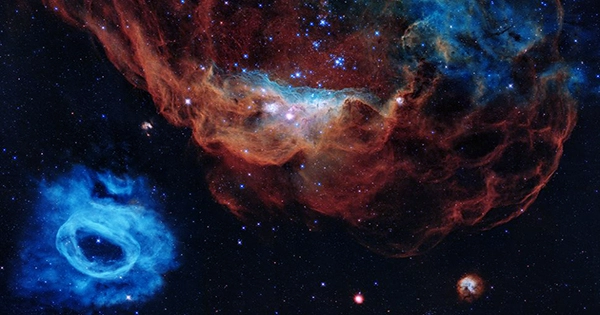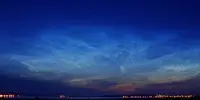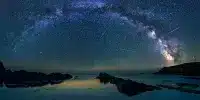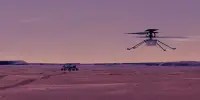Hubble and JWST, two of the greatest space observatories, both recorded the moment NASA’s DART mission purposefully collided with an asteroid earlier this week. It is the first time that these two famous telescopes have been utilized to observe the same astronomical target simultaneously, and their cooperative work is already shedding light on the course of this historic journey.
In a first-of-its-kind planetary defense mission, an unmanned spacecraft collided with the asteroid moonlet Dimorphos on Monday. Dimorphos is a small body with a diameter of about 160 meters (530 feet) and orbits the Didymos, a larger asteroid measuring 780 meters (2,560 feet) in diameter.
The goal was to determine whether it would be possible to divert an asteroid away from Earth, if that were to happen. The mission was an “exceptional success for planetary defense,” according to NASA Administrator Bill Nelson.
The crash made a loud bang. The crash-landing produced a sizable flash of flying debris, known as ejecta, as seen in brand-new Hubble and JWST photographs, although the two were able to catch somewhat different features that will help the scientific investigation of this event.
Astronomers anticipate learning more about Dimorphos’ surface from the pair’s observations, as well as how much and how quickly material was expelled during the crash. They also want to know how the asteroid was harmed by the collision: did many large pieces fly off or was it primarily fine dust?
Prior to the collision, JWST made one asteroid observation; following the impact, it made numerous more. The telescope recorded debris wisps and material plumes flying away from the crash site using its Near-Infrared Camera (NIRCam).
JWST will examine the asteroid’s chemical makeup over the coming months using the NIRSpec and the Mid-Infrared Instrument (MIRI).
On Monday night, Hubble was hard at work taking images of the impact before and after it occurred elsewhere in the Solar System. Images were taken after the collision showed debris shooting from the impact site like rays emanating from the asteroid’s body.
There is now no consensus as to why some of the beams appeared to become slightly bent as they were being emitted by the asteroid. Additionally, according to Hubble’s findings, Didymos’ brightness increased threefold after impact.
Dimorphos will be observed by Hubble at least ten more times over the next three weeks, much like JWST will continue to do.
However, this is only the first chapter. ESA’s Hera mission is scheduled to launch in October 2024 to conduct a thorough post-impact survey of Dimorphos to investigate the effects of the first kinetic impact test of asteroid deflection. The project will also be the first attempt by humans to send a probe to a binary asteroid system.















